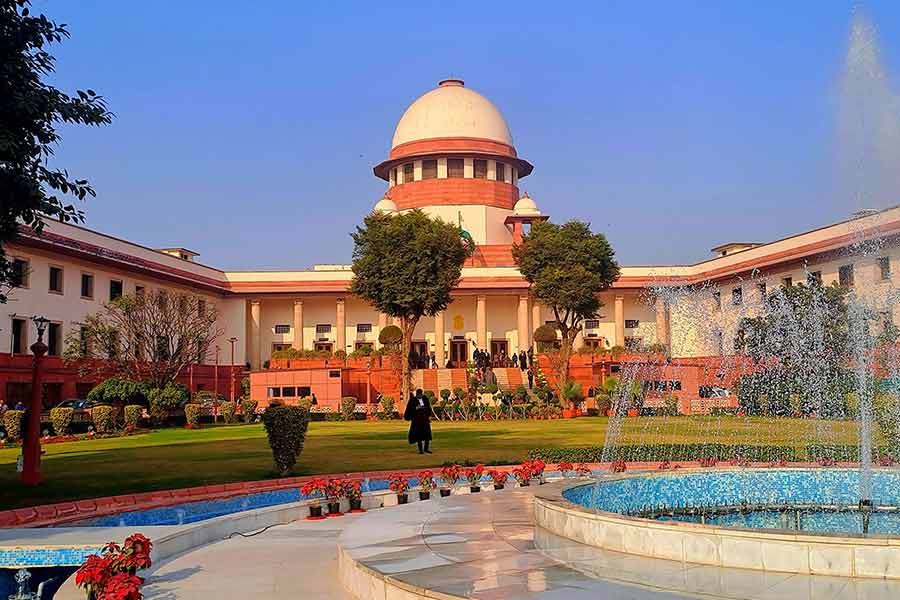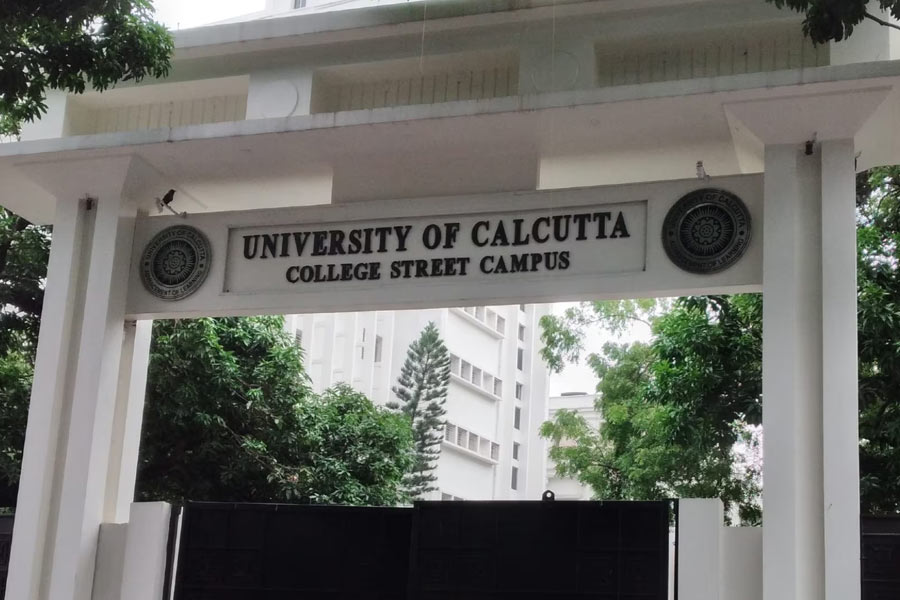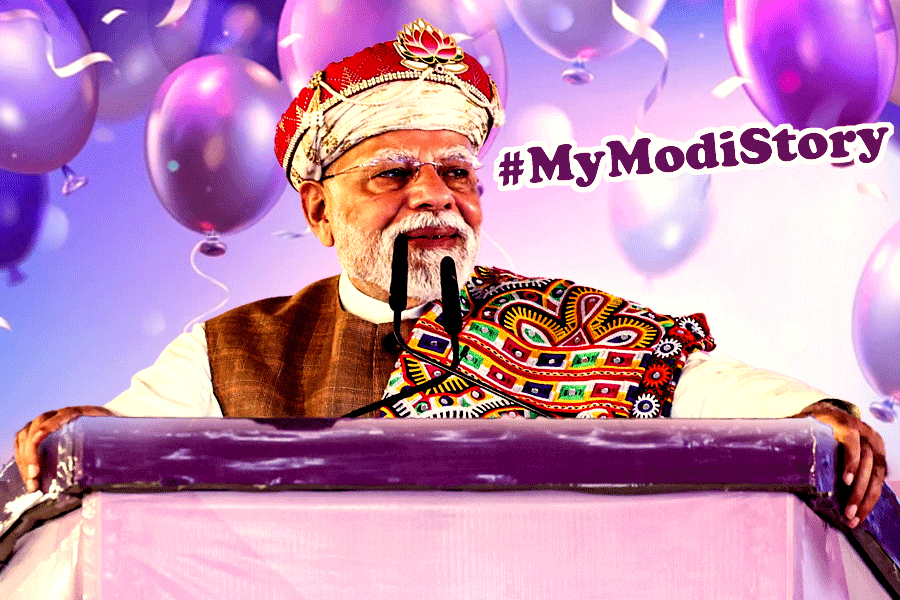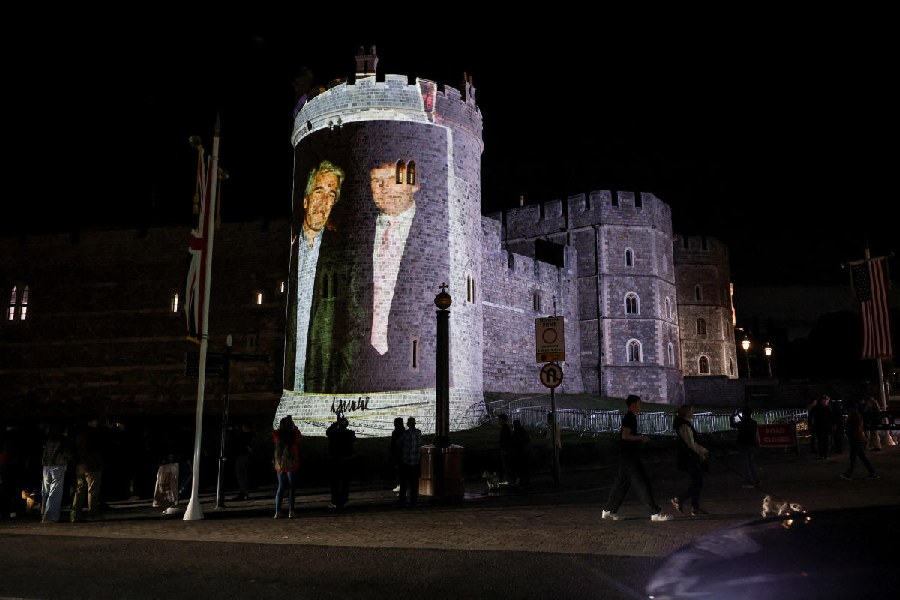 | Guest column Chitta Baral |
While most people in Odisha have read in their history textbooks about Nalanda as an ancient centre of higher learning and know about Bodhgaya as a Buddhist site where Buddha is said to have attained enlightenment, very few of us know about the Buddhist sites of Ratnagiri, Lalitgiri and Udayagiri in Jajpur district. Many confuse the Buddhist site of Udayagiri in Jajpur district with the Khandagiri-Udayagiri in Bhubaneswar.
This is unfortunate as top researchers in archaeology and art history have compared Ratnagiri with Nalanda and Bodhgaya and such comparisons have been reported in books and articles written in India and abroad. The three sites of Ratnagiri, Udayagiri and Lalitgiri are identified as the sites of the ancient Ratnagiri Mahavihara, Madhavpur Mahavihara and Chandraditya Vihara. The proceedings of the 1998 Indian Art History Congress make a mention of this.
Debala Mitra, the director general of Archaeological Survey of India during 1975-1983, who explored and excavated several Buddhist sites, wrote a two-volume book on Ratnagiri and another book titled Buddhist Monuments of India. In the latter book, she compared Ratnagiri with Nalanda and said the following: “... recent excavations of the top of the hillock brought to light imposing remains of one of the most important Buddhist establishments, reclaimed as Ratnagiri-mahavihara (and not Pushpagiri-vihara as presumed by some) on the basis of a number of sealings bearing the legend Sri-Ratnagiri-mahavihariy-aryabikshu-sanghasya. With its nucleus dating at least from about the fifth century A.D., the establishment witnessed a phenomenal growth in religion, art and architecture till the twelfth century A.D. It played a significant role in disseminating Buddhist culture and religion forming itself, like Nalanda, an important religious and philosophical academy, to which flocked the entrants and scholars to take lessons from the intellectual stalwarts of Buddhism.”
She backs up her claims with a multitude of evidence including references to Tibetan literature such as Taranatha in his History of Buddhism in India (completed in A.D. 1608) says that a vihara, called Ratnagiri, was built on the crest of a mountain in the kingdom of Odivisa (Orissa) in the reign of Buddhapaksha (identified with the Gupta Emperor Narasinghagupta Baladitya of the Gupta dynasty by N. Dutt). In this vihara were kept three sets of Mahayana and Hinayana sastra. There were eight great groups of dharma and 500 monks. According to the Pag Sam Jon Zang (completed in A.D. 1747), Acharya Bitoba went through magic to Sambhala where he obtained the Kalachakra-tantra, brought it to Ratnagiri and explained the doctrine to Abodhutipa, Bodhisri, and Naropa.
Addressing some concerns by researchers, Mitra had said that the veracity of the ancient Tibetan works is often questioned but its authenticity is established in the excavated remains, which are spectacular even in their ruins. The eminent historian had said that the excavation laid bare the remains of an imposing stupa (main stupa), rebuilt at least once, two magnificent quadrangular monasteries (monasteries 1 and 2), also rebuilt at least once, a single-winger monastery, eight temples, a large number of stupas, sculptures and architectural pieces, objects of daily use and hundreds of other evidences of what life was like in these sumptuous monasteries. Indeed, excavations have revealed that here was an establishment that can be compared with that of Nalanda. In the overwhelming number of portable monolithic stupas, Ratnagiri can compete even with Bodhgaya. The number of these antiquities is an adequate index of the profound popularity and sanctity of this centre in the Buddhist world.
All such intriguing details are elaborated in her book on Ratnagiri where Mitra says that monastery 1 in Ratnagiri is probably the finest such structure unearthed in India. According to her, despite the normal monastic plan, this monastery is a singular structural monument “not only for its impressive size and symmetrical planning but for the rich but balanced surface-treatment of the front porch and the façade of the shrine”. “Indeed, the monastery is the finest structural one so far unearthed in India,” she states in her book.
I corresponded and personally met Prof Thomas Donaldson of Cleveland who has written many books on art history of Odisha and India. In one of his emails to me, he wrote: “As you know Ratnagiri was a rival to Nalanda as a site of Buddhist learning and some later Tibetan texts even ascribe the origin of Mahayana and Tantrayana to Ratnagiri, collectively the three closely situated sites certainly compare artistically to the site of Nalanda.”
From the above, it is quite evident that Ratnagiri is comparable to Nalanda and Bodhgaya in many aspects and together with the nearby Lalitgiri and Udayagiri they form a triangle of an unparalleled Buddhist complex in India. Unfortunately, this is not as much propagated by people in Odisha, let alone outside Odisha. Although the Odisha government has been trying to create a tourist circuit around these sites, it is yet to bear fruit.
In this regard, a few suggestions can be made:
lThe Odisha government creates a major tourist campaign using some of the above-mentioned quotes in huge hoardings in places such as Bhuaneswar airport, station, and major tourist sites and offices in Odisha and other parts of India.
lThe Odisha government pursues the immediate establishment of a centrally-funded Indian Institute of Arcaheology and Art History located near these sites to produce adequate number of trained manpower to expedite the excavations in Udayagiri and recently discovered nearby sites such as the Langudi hills site.
In addition, it should help in the recent efforts to establish a Ratnagiri-Puspagiri International University as a revival of the Ratnagiri and Puspagiri Mahaviharas along the lines of the recently revived Nalanda International University. Puspagiri being the Mahavihara mentioned in Hiuen Tsang's Si-yu-ki and thought by many to represent a subset of Ratnagiri, Lalitgiri and Udayagiri, is yet to substantiated by archaeological evidence.
Last December, I had a chance to discuss the above compilations of quotes with Utkal University professors of the department of ancient Indian history, art history and archaeology and also with the culture and tourism Secretary. I dearly hope they will quickly take some necessary actions.











